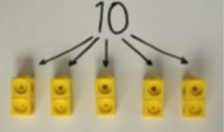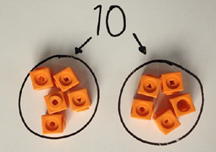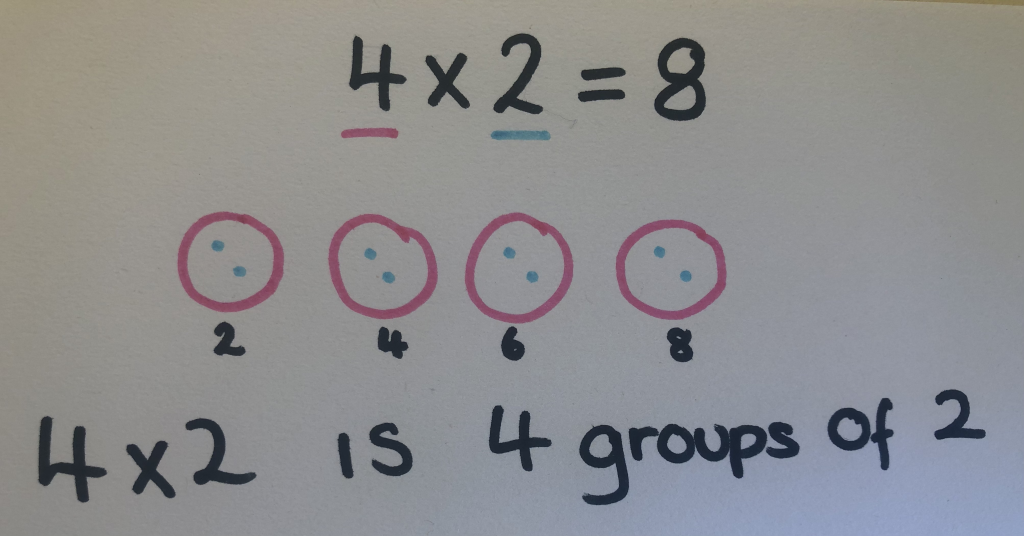Monday 8th Feb
|
9- 9:30
|
Reading
RWI – watch the relevant speed sounds lesson:
Set 1: sh - https://youtu.be/QR89auQj508 Set 2: Oo - https://youtu.be/LWAMLwnFuhA Set 2 – If you have been learning set 2, you now need to move on to the next set of sounds (3): Ur - https://www.youtube.com/watch?v=NbQz3TwcWAw Set 3: E - https://www.youtube.com/watch?v=g7CqQ9bVDPA Then read the RWI book online https://home.oxfordowl.co.uk/reading/reading-schemes-oxford-levels/read-write-inc-phonics-guide/
Go onto ‘ebooks’ then you will need to register (this is free of charge) and then you will be able to access all the ebooks and choose the correct banded level for your child. Please note that the RWI phonics scheme is based on lots of repetition. Therefore, we usually read the same book about 3 or 4 times before moving onto a new book. For some children they may need to read it more than this to ensure they are completely fluent in reading the book (no sounding out). A general guide is: 1st read – decoding all the words – sound out as much as you need to. 2nd read – read for fluency (try to read with more fluency and expression). 3rd read – read with fluency, expression and comprehension. Try answering the comprehension questions at the back.
This website also provides lots of other information for parents about phonics. It has other resources on here too should you wish to explore!
Guided reading Complete the guided reading task at the bottom of the webpage. If the reading is taking you longer than the time allocated, then feel free to share the reading with an adult.
|
|
9:30- 9:45 |
Zoom!! Join us on zoom using the link from Mrs Lee. Please adhere to our Zoom policy. |
|
9:45 – 10:40
|
Maths
Year 2 Learning objective and success criteria: To understand how to use grouping to divide
1st Task – Watch this tutorial which introduces grouping. You will need to be prepared to stop the video to recap a sharing example (@1.10min) and then you will need to stop the video to do two grouping questions with me (@8.30min). To do the grouping question, you need to bring 12 objects that are the same with you e.g. bits of pasta or toy cars.
For your own reference, here is an example of the difference between grouping and sharing for 10÷2: Grouping - Sharing
The difference between equal sharing and equal grouping boils down to what the quotient represents. When sharing, the quotient represents the quantity of shared objects in each group. When grouping, the quotient represents the amount of groups within the shared quantity. 2nd task – Using objects from around your house (the objects for each question must be the same), use grouping to solve the ‘year 2 division using grouping’ questions attached to the web page. You do not need to complete all of the questions. 3rd task (OPTIONAL) – If you are feeling confident then watch this video tutorial to show how we can use grouping to find remainders. Then answer the ‘year 2 maths challenge’ questions attached to the webpage.
4th task – Look back at the success criteria. Did you meet it? What went well? Is there anything you could do to make your work even better?
Year 1 Learning objective: To know how to multiply through grouping
Task 1: Watch today's tutorial on drawing and representing equal groups for multiplication questions:
Task 2: Today you will be answering the questions on equal grouping. You will be answering multiplication questions by drawing the representations of the groups. Once you have drawn the number of groups and found the put this into your multiplication. Example below. Step 1: find how many groups you need – draw them. Step 2: find how many dots will go in each group – draw them. Step 3: count your groups – use your knowledge of counting in multiples. Step 4: write you answer into your multiplication.
Answer as many questions as you can within the lesson, don’t worry if you can't answer them all.
Optional – task 3: If you finish the questions from task 2: Why not try some of the extension questions. OR Why not try the challenge question.
Task 4: At the end of the lesson think about whether you have met today’s success criteria. You could write at the bottom of your work how you got on and how you think you could make your work even better.
Resources: Year 1 equal grouping 8.2.21 PDF
|
|
10:40 – 11
|
Breaktime – have a healthy snack and a play |
|
11 – 12
|
English Learning objective: To understand what makes words rhyme
N.B Activity sheets do not have to be printed to use unless you choose to, work can be done in books.
Task 1: Watch tutorial 1 to find out about rhyming words and what makes a word rhyme.
Rhyming words definition: Rhyming words are two or more words that have the same or similar ending sound. For example, Cat and Bat.
Task 2: In this task you are going to use your phonic knowledge to find the sounds at the end of the word. Which ones sound the same? Which words rhyme? Resources - English Rhyming Words Activity 1 8.2.21 PDF
Task 3: Watch tutorial 2 to find out more about rhyming sounds. In this video you will learn that some words are spelt differently but make the same sound and some words are spelt the same but make different sounds!
Task 4: In this task you are going to identify which words sound the same and which words sound different. Make sure you think about the sounds and no the spelling. Resources - English Rhyming Words Activity 2 8.2.21 PDF
Task 5 (optional extension): If you would like to try and use your knowledge of rhyming words to find some rhyming words for the pictures on the sheet. Resources - English Optional Extension Activity 8.2.21
Task 6: At the end of the lesson think about whether you have met today’s success criteria. You could write at the bottom of your work how you got on and how you think you could make your work even better.
Task 7: Listen to Miss Keenor’s daily poem! Can you spot any rhyming words?
|
|
12- 1pm
|
Lunchtime and playtime |
|
1- 1:15pm |
Wellbeing On the farm!
|
|
1:15-1:30pm |
Mental Arithmetic Year 1 you have been practising to count in 2’s and 5’s. If you need more practise with this then please do continue. If you are ready to try something different, practise counting in 10’s from 0 – 100. Song- https://www.youtube.com/watch?v=Ftati8iGQcs Game - https://www.ictgames.com/mobilePage/duckShoot/index.html (choose duck 10) Activities – Practise saying the multiples of 10 out loud in different voices. Can you sing them? Shout them? Whisper them?
Year 2 you have been practising your 2 and 5 times tables. If you need more practise with this then please do continue. If you are ready to try something different, work on your 10 times tables. Song - https://www.bbc.co.uk/teach/supermovers/ks1-maths-the-10-times- table-with-webster-the-spider/zm32cqt Games - https://www.topmarks.co.uk/maths-games/hit-the-button https://www.topmarks.co.uk/times-tables/coconut-multiples Activities- create flashcards or your own times table poster If you are feeling confident with you times tables, you can log on to TTRockstars (please email me if you need your login) |
|
1:30 – 1:45pm |
Spelling/ handwriting
These are your spellings this week. Write them down over and over again in your neatest writing. If you find the spellings hard you can try the easier ones. You could listen to relaxing music whilst you do this, like we do at school. |
|
1:45 – 2pm |
Effective communication For the next two sessions are based on respectful communication. Task 1 - Watch this video:
Task 2 - Follow the activities on the cards attached to the webpage. You will need to create a guide on how to be a respectful communicator. |
|
2- 3pm |
Outdoor Learning . Task 1- Watch this short video from Mrs Wells (our Forest School expert).
Task 2- Create art work using natural materials |
|
3-3:15 |
Storytime
Join Miss Robinson for the next part of ‘How to train your Dragon’
|








